“The Common Sandpiper (Actitis hypoleucos) breeds April to July, and only north of the Tropic of Cancer (Shorebirds, John Marchant et al, 1986). In the Thai-Malaysian Peninsular, including Singapore, it is a common passage migrant and winter visitor.
“I was interested, therefore, to observe and photograph the behaviour of a pair of Common Sandpipers on a mangrove lake on the island of Koh Samui, Thailand.
“First seen perched on a pole embedded diagonally in the lake, one of the birds then vigorously approached the other and embarked upon behaviour that looked every bit like an attempt to mate. The male (assumptively) would try to mount the other bird (assumptively a female), grasping its neck and attempting to assume the classic mating position.
“The attached photos show some of that behaviour over a thirty second period [images top to bottom row, left to right].
“This raised for me the question as to what this behaviour was all about. Was I mistaken, and what I observed was a short fight/squabble between the birds? Were they younger birds just practising for the real thing further north next summer? Or were they indeed indulging in sexual activity despite them not being in breeding plumage, nor in their breeding area — and nor, of course, in their breeding season. If the latter, do they in fact receive pleasure from such activity, or is there some other motivation which we perhaps do not understand? To display dominance, for example.
“There is some information on animal sexual behaviour easily available on the internet, and it appears clear from what I have read that many animals, including birds, are in fact known to indulge in sexual activity not just for procreation. Indeed, in addition to male/female sexual activity outside of breeding norms, masturbation, bisexuality and homosexuality have all been well documented in various species.”
Howard Banwell LINK 1 and LINK 2.
Singapore
27th December 2011




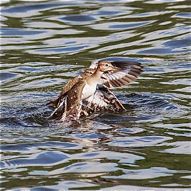

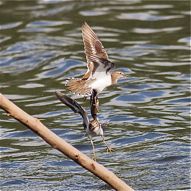
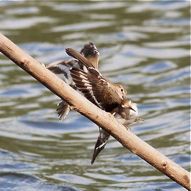

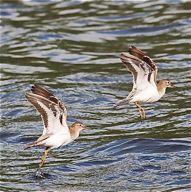
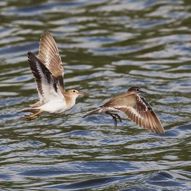
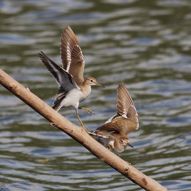
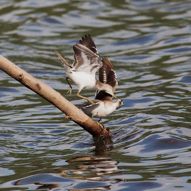
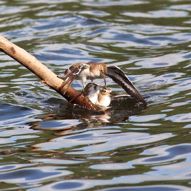

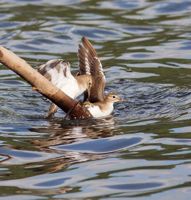








One Response
Hi folks, why are the pictures so small, even after I clicked on them? It would be nicer if they are bigger.